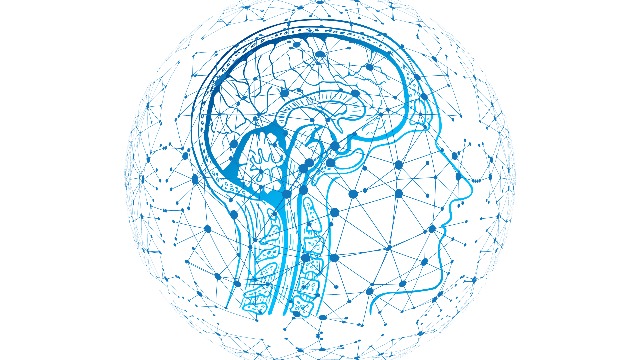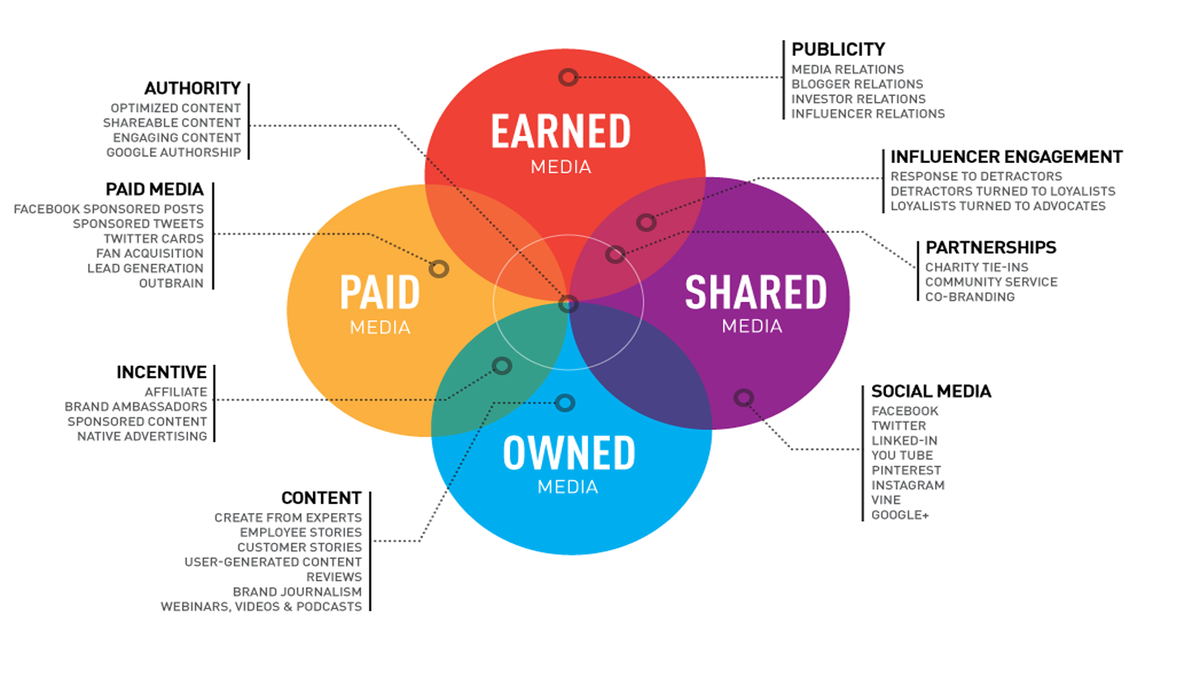Category Archives: Social
Examining How Brain Computer Interfaces Will Shape the Future

We are not strangers to the unprecedented ways that new technological devices can reshape society. In the last decade, we have witnessed how things like smart phones and social media have dramatically altered how we, as humans, interact.
One of the major technological advances that will likely continue to shape our human interactions is brain computer interface (BCI) technology. In this post, I am going to delve into the history of the BCI and look at some of the current developments happening in the realm of BCI technology.
Want a $1000 hoodie? Get yourself a bot.

If you’re at all familiar with New York streetwear fashion brand Supreme, you probably already know that their online product releases (commonly referred to as “drops”) sell out fast. We’re talking less than two minutes for one 2016 drop, with many products disappearing from the site in 15 seconds or less.
Motion & UX Design

In recent years I have noticed mobile and web apps starting to include motion design in their user experiences. One example of this is Facebook reactions. Instead of the reactions instantly appearing on hover, they gradually appear to the user’s eye and animate to help the user further understand and choose their reaction. If the user hovers over a certain reaction it becomes larger to help signify to the user that that reaction will be the one they choose if the click or tap on it. The motion being used here keeps the user engaged in the app and is included in a meaningful and playful way.
Moneyball for Brands: How Communications Agencies Are Using Data Science

Before I came to Grio to do software development, I worked as an analyst at a digital marketing agency. Communications agencies are experiencing an industrial renaissance thanks to the rise of social media and the proliferation of data around consumer online behavior. Every Facebook like, every Instagram post, and every click of a link is an opportunity to measure a brand’s influence.
In the past, agencies were separated by activity, such as public relations, advertising, or branding, but these days the responsibilities are much more blurred. Clients are demanding increasingly complex marketing campaigns across multiple platforms. As a result, all firms are being asked to do more work outside of their comfort zone. Basically, clients are looking for a one stop shop for all of their marketing needs. Companies are more than happy to try to be that full service agency.
In this post I’d like to share a quick overview of the changes that communications agencies are encountering, and how they are adapting by incorporating data science into their service offerings.
Fake news

Traditional media is no longer the only source of news. Internet and social media have become the main platform for news sharing.
According to Pew Research Center 62% of Americans get their news from social media. This means anyone can create and share news stories, regardless of their truthiness.
The Importance of Onboarding Processes

Being a new hire can be overwhelming in more ways than one. Meeting new people, learning how the company operates and how to become a successful member of the team.
In order to make this transition smoother, an onboarding process can be put into action. Going through this process typically happens once during the course of employment, beginning at the time of hire. Over time, faces become familiar and the day to day tasks become more routine, minimizing the unknown.
Hottest Social Media Platforms in China

You might think that Facebook and Twitter are already occupying the social media space world wide, However, in China they are blocked. When it comes to Social Media Marketing in China, you must use different tones to communicate with your Chinese audience on their own Social Media platforms, such as Weibo (equivalent of Facebook and Twitter in China), especially Sina Weibo, Tencent Qzone (equivalent of Facebook and Twitter in China), Tencent QQ (Instant Message tools), Tencent Wechat (Mobile communication and private social networking app), Renren (equivalent of Facebook in China) and Youku & Tudou (equivalent of YouTube in China).

